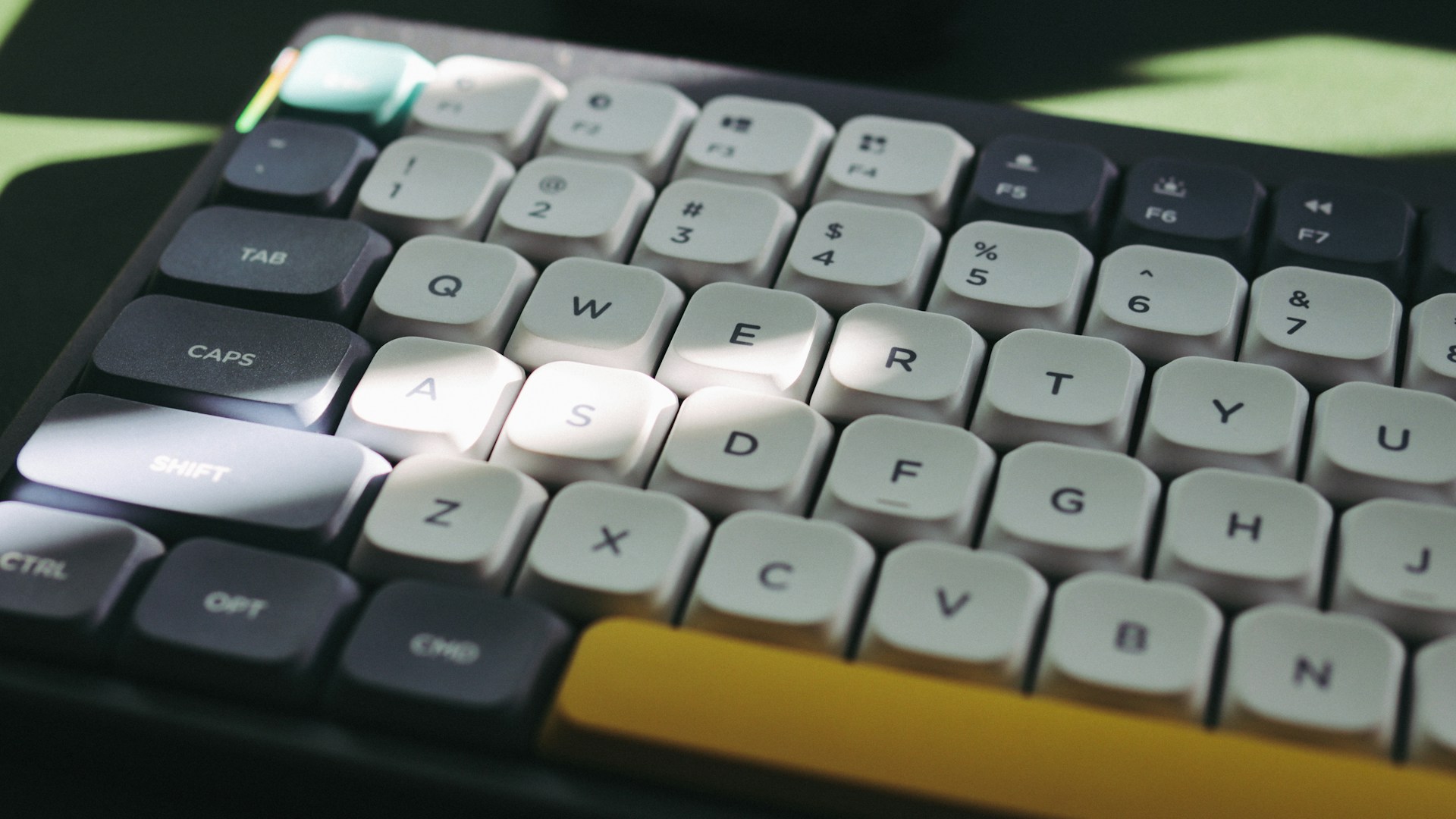10 Tips to Improve Your Typing Speed
Whether you're a student trying to finish essays faster or a professional looking to boost productivity, typing speed plays a bigger role than most people realize. Faster typing means smoother workflows, fewer distractions, and more time spent thinking instead of searching for the right keys.
You don't need special equipment or years of training to get better at typing. With the right habits and a bit of consistent effort, anyone can become faster and more accurate. Below are ten practical tips to help you type more efficiently and confidently.
- Learn Proper Finger Placement: It all starts with your hands. The home row — A, S, D, F for the left hand and J, K, L, ; for the right — is your anchor. By always returning to this position, your fingers learn to reach the rest of the keys more naturally, reducing hesitation and wasted motion.
- Stop Looking at the Keyboard: When you rely on your eyes, you slow down your brain. Touch typing allows you to focus on the screen and your thoughts instead of hunting for letters. If you're struggling, try using a keyboard cover or hiding your hands until your fingers know where to go.
- Use All Your Fingers: It might seem faster to stick with two or three fingers, but that limits your potential. Typing is meant to be a full-hand activity. Once you train all ten fingers to pull their weight, you'll notice smoother movement and less strain during long sessions.
- Practice With a Typing Test: Practice isn't just about repetition. It's about feedback. Typing tests give you a snapshot of your current speed and accuracy, helping you track progress over time. Try to focus on consistency instead of chasing high scores, and use the results to target weak spots. Try our typing test
- Fix Common Mistakes: Everyone has their typing quirks. Maybe you mix up B and V or always miss the apostrophe. Catching those patterns early helps you avoid forming bad habits. Slow down when needed and take the time to correct mistakes before they stick.
- Sit Properly: Your posture affects your speed more than you might expect. Sit up straight with your feet flat, elbows bent at about 90 degrees, and wrists hovering slightly above the keyboard. This setup reduces tension and lets your hands move more freely.
- Use the Right Keyboard: Not all keyboards are created equal. Some offer better key feedback or spacing, which can make typing feel smoother. Mechanical keyboards, for example, are popular for their responsiveness. Find one that feels comfortable and encourages good technique.
- Start Slow, Then Build Speed: Speed will come naturally with accuracy. If you're rushing and making errors, you're not really getting faster. Start slow, stay focused, and build a strong foundation. With time, your fingers will speed up without you even thinking about it.
- Set Small Daily Goals: Improvement happens in small steps. Give yourself manageable goals like typing for ten uninterrupted minutes or increasing your WPM by just a few points. These milestones keep you motivated and add up over time.
- Practice Every Day: Like any skill, typing gets better with consistency. You don’t need to dedicate hours to see results. Even just 10 to 15 minutes a day builds muscle memory and reinforces good habits. Make it part of your daily routine.
Improving your typing speed isn't something that happens overnight, but it also doesn't require a huge time investment. With the tips above and a little patience, you’ll gradually build the skills to type faster, more accurately, and with less effort. Keep testing yourself, track your progress, and don’t forget to enjoy the process.
